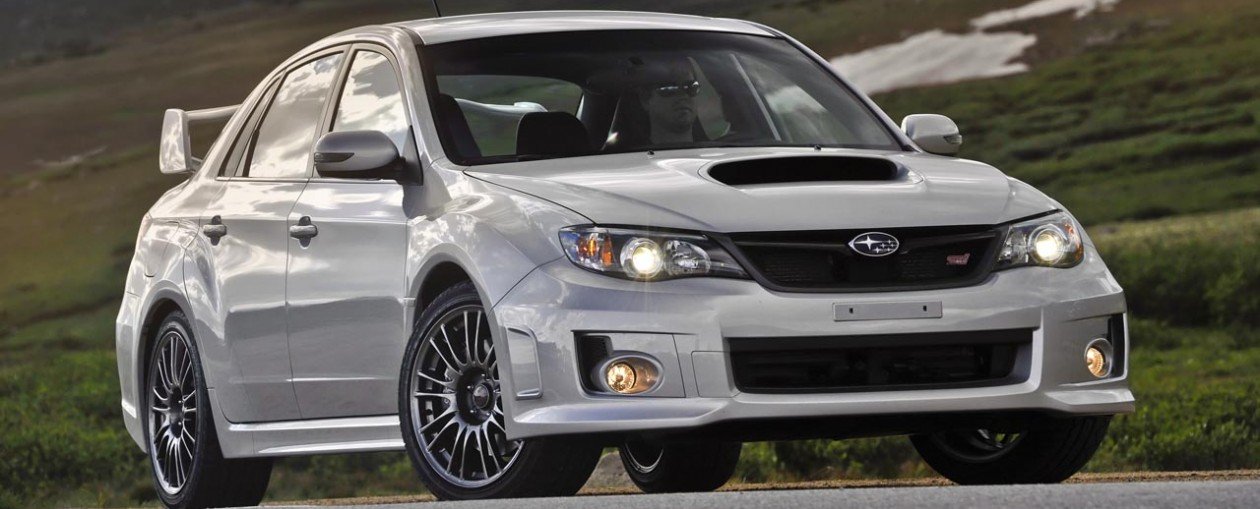Flywheel FAQ:
How does a lightweight flywheel improve performance? A transmission can be thought of as a fulcrum and lever in a car. First gear has a really long lever; second gear has a shorter lever, etc. The lever represents the mechanical advantage that gears give your vehicle. When your car is moving, you have two factors that are present during acceleration, one is driveline losses, which are constant and the variable, which is vehicle weight and the mechanical advantage supplied by each gear.
While changing to a lighter flywheel will give the user little to no changes on a dyno, the apparent changes are quite dramatic due to the greater mechanical advantage. Consider these made up figures for consideration: Drive line losses, 45 pounds and vehicle mass (weight) at the driveline (remember your gear’s mechanical advantage reduces your actual car weight). We know that within reason, vehicle mass is a constant.
Now imagine if you reduced the driveline loss from 45 to 35 with the use of a lightweight flywheel. Since the engine has less drivetrain losses to compensate for, this means the “gained” horsepower can be applied to moving the vehicle mass. Using mathematics, one can realize that the higher you go up in gears, the less effect that a lightened flywheel will have to the overall equation.
Are there any downsides to a lightweight flywheel? While the performance characteristics of a lightweight flywheel seem to be the perfect solution, there are compromises:
a. Low end performance is affected. This usually means that higher revs are necessary for smooth starts due to the reduced rotational mass. For drag racers, this can be a BIG issue.
b. Possible missfire check engine light.
c. Possible chatter, like missfire this affects some users and not others.
